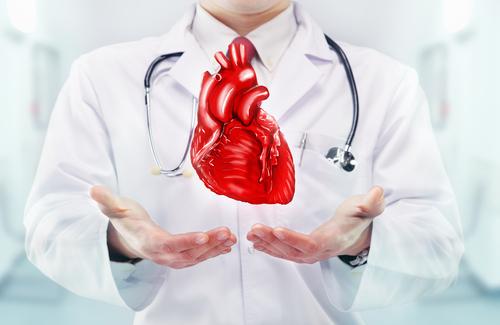
Improving the Adult Basic Life Support Algorithm for healthcare providers
 Author: David Patterson
Author: David Patterson
Adult Basic Life Support Algorithm for Healthcare Providers
In the algorithm for adult basic life support, emphasis is placed upon immediate recognition of cardiac arrest and the implementation of efficient compressions and early defibrillation. To immediately recognize cardiac arrest, the healthcare provider is trained to assess for unresponsiveness and/or an absence of breathing or presence of abnormal breath sounds. Laypersons should be instructed to use hands-only CPR. This approach calls for continuous compressions at a rate of 100-120 per minute.
CPR should be continued by a healthcare provider until return of spontaneous circulation (ROSC) or until termination of efforts. High quality CPR emphasizes adequate depth and number of chest compressions.
The pulse check has been deemphasized, and the guidelines recommend a pulse check for no less than 5 seconds and no more than 10 seconds. An integrated team approach includes simultaneous compressions and rescue breathing. Rhythm detection should take place as soon as an AED or defibrillator is available, with subsequent shock, as indicated, as the survival rate from ventricular fibrillation and pulseless ventricular tachycardia ranges from 5 to 50%, and decreases with an increase in the length of time to the first shock.
When a victim is unresponsive to a tap on the chest (ask “Are you ok?”) then the healthcare provider should observe the victim for breathing for 5 to 10 seconds. If respirations are present, the victim should be attached to a cardiac monitor. Otherwise, the HCP should activate EMS and retrieve the AED by himself or by sending a second rescuer.
The pulse check is the third step in the algorithm. The pulse should be checked for no less than 5 seconds and no more than 10 seconds. If there is a definite pulse, then rescue breathing should be done for one second every six seconds with a recheck every 2 minutes.
If the victim does not have a pulse, or there is a question as to whether it is present, then compressions should be initiated at the rate of 30:2, with 2 breaths every 30 compressions. Compressions should be provided at a rate of 100-120/min. When the AED or defibrillator is available, then the HCP should check the victim’s rhythm. If it is shockable, then 1 shock should be given with immediate CPR instituted for 2 minutes, beginning rapidly (within seconds) of the shock.
If the rhythm is not shockable, then the HCP should administer CPR for 2 minutes and recheck the rhythm every 2 minutes. Continue CPR until ALS is available.
-
High quality chest compressions:
-
Position patient on hard surface in supine position
-
Minimal interruptions for ventilation
-
18 seconds per cycle
-
Adequate speed of compressions: >100/minute
-
Adequate depth of compressions: 2-2.4” (5-6cm)
-
Allow complete recoil of chest
-
Do not over ventilate
Breathing devices include a ONE WAY VALVE FACE MASK. Deliver breath over one second. Watch the chest rise.
A BAG VALVE MASK is an additional device to deliver breaths. Hold the mask in place with the EC clamp technique and lift the jaw to open the airway. Squeeze the bag for one second while watching for the rise and fall of the chest.


